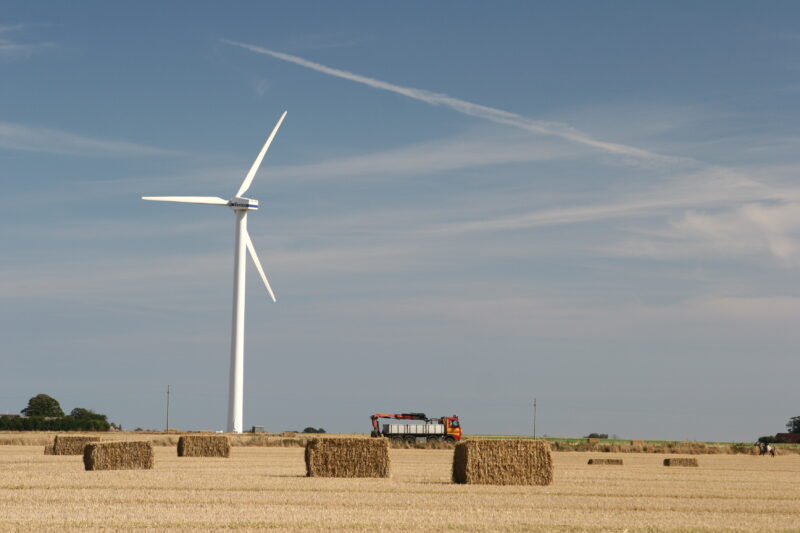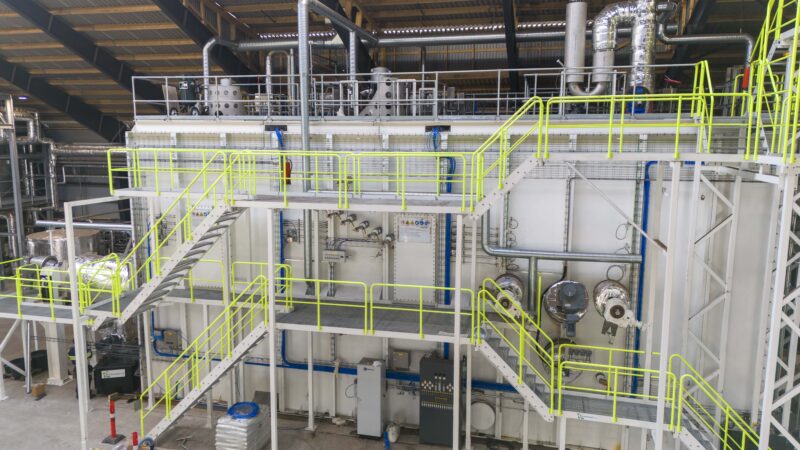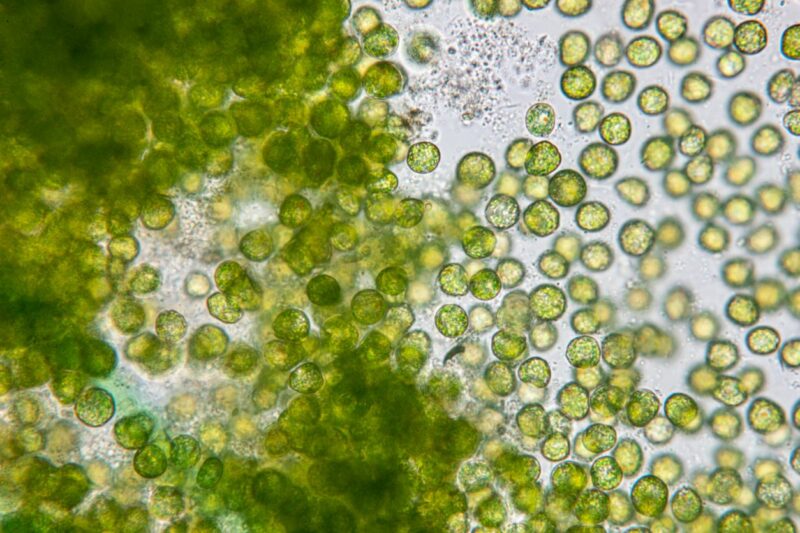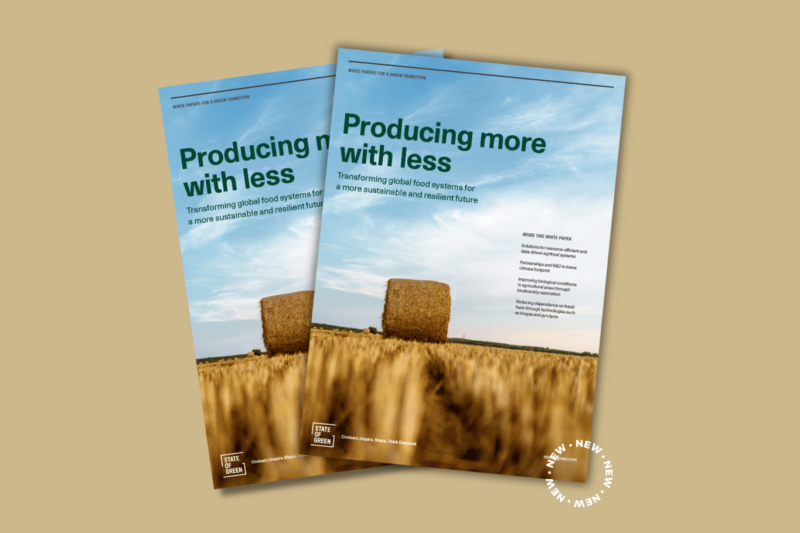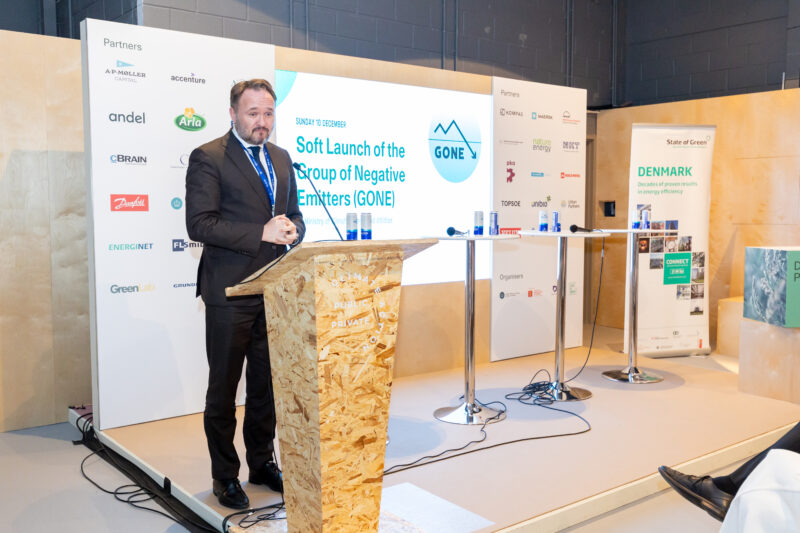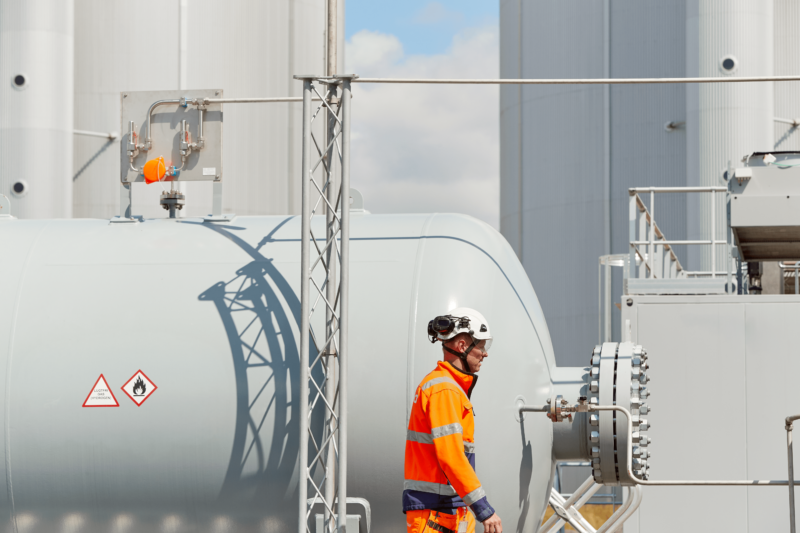News
Biomass
LEGO Group to Invest DKK 1 Billion into Sustainable Materials R&D


The LEGO Group has announced a significant investment of DKK 1 billion dedicated to research, development and implementation of new, sustainable, raw materials to manufacture LEGO® elements as well as packaging materials.
“This is a major step for the LEGO Group on our way towards achieving our 2030 ambition on sustainable materials. We have already taken important steps to reduce our carbon footprint and leave a positive impact on the planet by reducing the packaging size, by introducing FSC certified packaging and through our investment in an offshore wind farm. Now we are accelerating our focus on materials,” says Jørgen Vig Knudstorp, CEO and President of the LEGO Group
- Read more about: Biorefinery
The investment will result in the establishment of the LEGO Sustainable Materials Centre. The centre will be based at the LEGO Group’s headquarters in Billund, Denmark, and include all current functions and employees working to find alternative materials. In addition, the LEGO Group expects to recruit more than 100 specialists within the materials field during the coming years to work on this challenging ambition. Our mission is to inspire and develop the builders of tomorrow. We believe that our main contribution to this is through the creative play experiences we provide to children. The investment announced is a testament to our continued ambition to leave a positive impact on the planet, which future generations will inherit. It is certainly in line with the mission of the LEGO Group and in line with the motto of my grandfather and founder of the LEGO Group, Ole Kirk Kristiansen: Only the best is good enough,” comments LEGO Group owner Kjeld Kirk Kristiansen on the announcement.
Significant resources required
The decision to significantly boost the search for sustainable materials was taken at the recent General Assembly of the LEGO Group in May 2015.
In 2012, the LEGO Group first shared its ambition to find and implement sustainable alternatives to the current raw materials used to manufacture LEGO products by 2030. The ambition is part of the LEGO Group’s work to reduce its environmental footprint and leave a positive impact on the planet our children will inherit. As an example, in 2014 more than 60 billion LEGO elements were made – and finding alternatives to the materials used to make these bricks would significantly reduce the LEGO Group’s impact on the planet.
- Read more about: Resources & Environment
“The testing and research we have already done has given us greater visibility of the challenges we face to succeed on this agenda and we respond by adding significant resources in order to be ready to move into the next phase of finding and implementing the sustainable materials. I am truly excited by the full commitment of the Board of Directors and our owner family to significantly boost the work to ensure a lasting positive impact,” says Jørgen Vig Knudstorp.
When the LEGO Group is ready to introduce new materials it is vital that it does not compromise the quality or safety standards set by the LEGO Group and expected by parents. Consequently, the LEGO Group will continue to seek extensive research and robust data to ensure that all aspects of safety and quality are considered.
“This is paramount to us as it enables us to provide children with a unique play experience that inspires and develops them and enables them to build a better tomorrow. This is ultimately the reason for our continued efforts to always do better,” says Jørgen Vig Knudstorp.
Collaborating to find alternatives
The LEGO Group will not be able to solve the task of finding and implementing new materials alone. In recent years, the Group has collaborated with companies and experts on the task and these relationships will continue with existing as well as new partners with expertise in the field.
An example is the Climate Savers partnership between the LEGO Group and WWF signed in 2013, which has targets on developing a sustainable materials strategy. A new collaboration with WWF was agreed in spring 2015 and focuses on better assessing the overall sustainability and environmental impact of new bio-based materials for LEGO elements and packaging.
“There is no common definition of a sustainable material. Several factors influence the environmental sustainability of a material – the composition of the material, how it is sourced and what happens when the product reaches the end of its life. When we search for new materials all of these factors must be considered,” says Jørgen Vig Knudstorp, adding:
“What we announce today is a long-term investment and a dedication to ensuring the continued research and development of new materials that will enable us to continue to deliver great, high quality creative play experiences in the future, while caring for the environment and future generations. It is a daunting and exciting challenge.”
Facts
About the LEGO Sustainable Materials Centre
- The LEGO Group dedicates 1 billion DKK and sets up LEGO Sustainable Materials Centre to find and implement new sustainable alternatives to current raw materials.
- More than 100 employees are expected to be recruited predominantly in the LEGO Group headquarters in Billund Denmark, to work on the task in the coming years.
- The structure and organisation of the LEGO Sustainable Materials Centre will be developed during 2015 and 2016.
- The LEGO Group will continuously report on the progress and learnings gained towards the 2030 ambition.
What is a sustainable material?
There is no common definition of a sustainable material. Several aspects influence the sustainability of a material. It is to a high degree determined by its source, chemical composition, its use (in a product) and management (at end-of-life), and the impact it can have in both environmental and social areas.
The LEGO Group believes a new sustainable material must have an ever-lighter footprint than the material it replaces across key environmental and social impact areas such as fossil resource use, human rights and climate change.
For further information:
Roar Trangbæk
LEGO Group Press Officer
Phone: +45 7950 4348
Email: [email protected]
